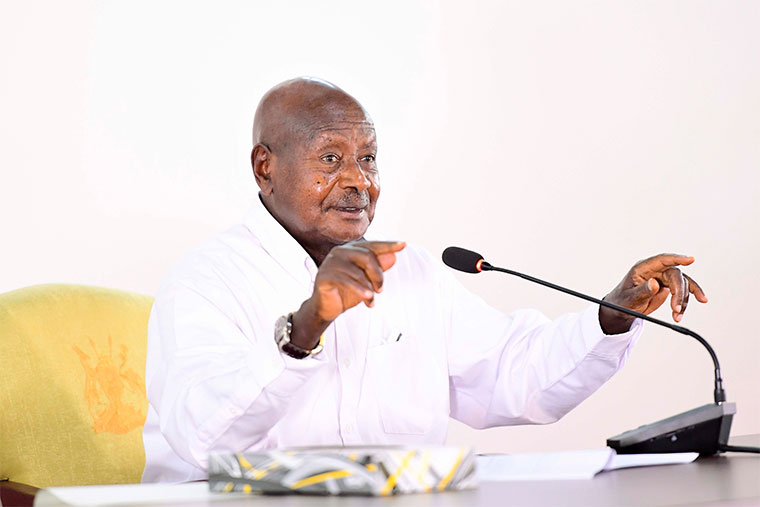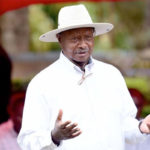President Yoweri Museveni voiced serious concerns about the inefficiency and high expenditure by government agencies and authorities.
Museveni expressed frustration over what he termed “parasitic” government bodies, revealing that their costs had become alarmingly disproportionate to their output.
“I had given you the figures of money spent on ministries compared to the money spent on the agencies and authorities,” he noted.
Museveni revealed that by 2016, there was Shs2 trillion for the ministries and Shs2.2 trillion for the agencies and authorities but despite this heavy spending, the agencies employed only 3,905 people, while ministries excluding the soldiers had 18,532 employees. These numbers led him to call for a thorough examination of Uganda’s spending priorities.
The President also reflected on the growth of Uganda’s army over the years. “Our army was the smallest in number in 1991 after the reduction in force (RIF) of that time. At that time, it was 41,000. By 2016, when these figures were captured, it was more in numbers,” he explained.
Despite these changes, he noted that public servants continued to receive meager salaries, which, he argued, stemmed from an unbalanced allocation of government resources.
Addressing the inefficiencies in tax collection, Museveni criticized the Uganda Revenue Authority (URA) for its low performance.
“Our wonderful URA, on which we are spending so much, has, all this time, been collecting only about 11% of GDP as tax. There is a lot of tax evasion. We are insisting that they must collect, at least, 20% of GDP in taxes. If the URA collected 25% of GDP, Uganda’s financial position would drastically improve,” he said.
Concerning the complex public service budget, he noted that significant funds bypassed ministries and were channeled through local governments
“By 2016, these were getting Shs3.35 trillion,” Museveni revealed, explaining that this money supported critical roles, such as government teachers, health workers, and local government employees, totaling 192,160 individuals. He described this budget structure as “madness,” and that it hindered essential infrastructure and development initiatives.
He also expressed desire to see public servants emulate the discipline and efficiency of the Uganda People’s Defence Forces (UPDF).
“With improved pay, the Public Service will be as efficient as UPDF. That is why I do not accept the concept of contracts for our Public Servants. They should remain permanent and pensionable but the Standing Orders, like those of UPDF, should make them fully and promptly accountable. You do not work, you will be dismissed or worse, promptly,” he expressed.
He described a model for effective agricultural management, noting, “If you take agriculture, there will be a vet and an agricultural officer per sub-county or even more.” Recalling areas like Gombe, Kapeeka, and Ssemuto, he illustrated how these regions could thrive with proper support and resources.
“How can one vet and one agricultural officer fail to monitor crops and livestock in that area if they are equipped with a pikipiki (motorbike) each, with enough fuel?” he questioned.”
Museveni pledged to reform Uganda’s government structures, unifying Ministries, Departments, and Local Governments under revised Standard Operating Procedures (SOPs). He assured Ugandans that these changes would enhance accountability, reduce unnecessary spending, and ultimately support Uganda’s development goals.
“With such a public service, we shall not kwefuuza (regret losing something),” he declared, confident that these reforms would set Uganda on a path toward sustainable growth and efficient governance.







